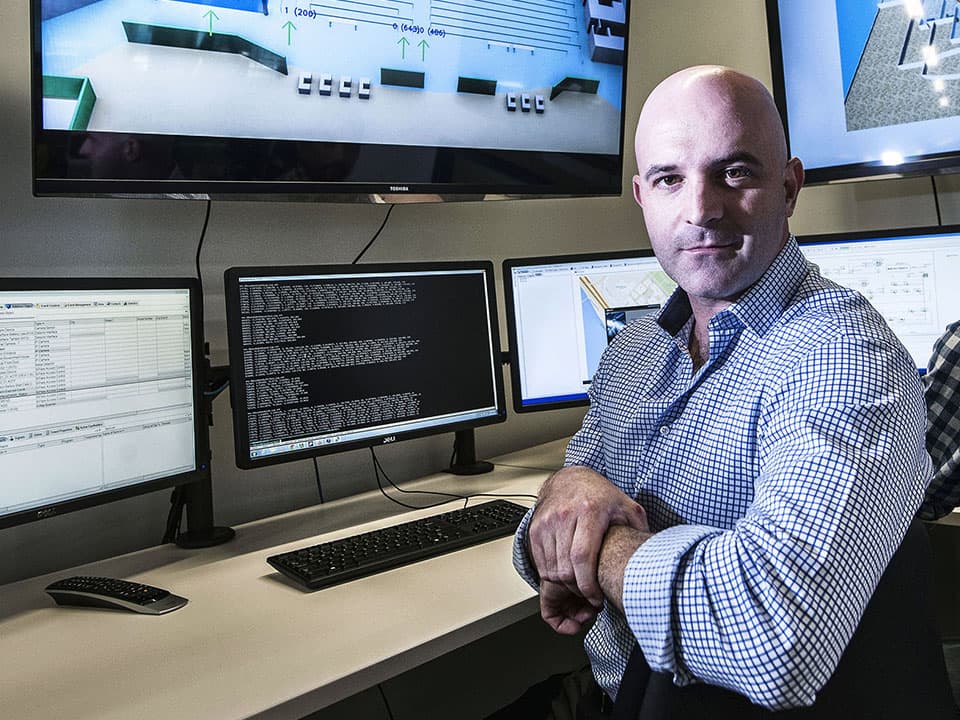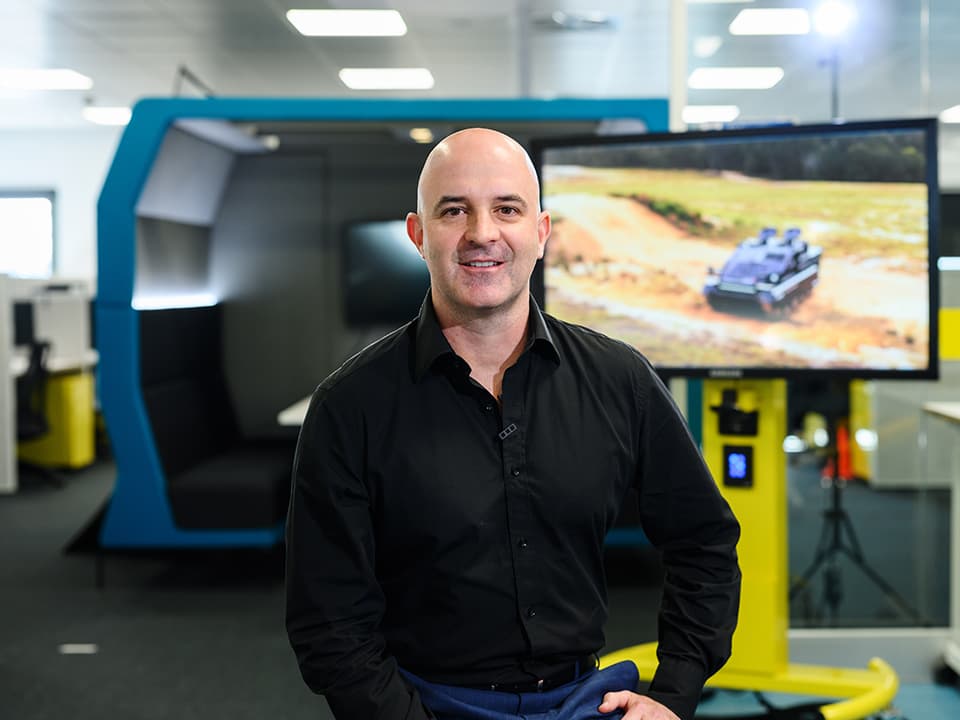'By researching computer vision and artificial intelligence, we can unlock the extraordinary power of computers and machines to perceive and understand the world.'


The spark
'I was fascinated that we could artificially mimic human vision. For most people, vision is their most powerful sense. We use it to extract meaning from the world, we recognise people, objects, and events, and it enables our actions. The idea that I could build such visual capabilities to enable automation for many applications was very alluring.'
Research aim
'I am excited we can develop new vision technologies that will ultimately advance our way of living, improve our quality of life, and positively impact society.'


Real-world implications
'The implications for advances in automated vision are countless.
We can use it to better diagnose and treat human disease, we can build systems to augment and amplify human abilities, we can use it to improve efficiency and reduce energy use in mining operations, and we can enhance decision-making, situational awareness, and threat detection to bolster our defence and security.'
The challenge
'Despite the massive advances we have seen in AI systems in recent years, they still struggle immensely when they are deployed in a new environment they haven’t seen during training. Making an inaccurate medical diagnosis or incorrectly detecting a pedestrian from an autonomous vehicle are example scenarios with profound impacts that we must avoid.
I’m particularly interested in building better memory capabilities of AI systems that will help address such limitations.'

Key collaborators
'Collaboration is critical! Most of my projects involve multiple collaborators across industry and government, and some involve engineers and scientists, medical practitioners, or social scientists. Within academia, this also includes research staff and students both within my discipline and across other disciplines. Many large and challenging topics I am interested in require expertise and tools across multiple disciplines.'
- CSIRO Data61
- Defence Science and Technology Group
- Orica
- Rheinmetall
- Nova Systems
- Airbus
- Revolution Aerospace
- Sentient Vision Systems
Key achievements
- Developing systems to detect, recognise and anticipate human actions from video.
- Developing systems to interpret multimodal biosignals to better understand and predict human state and performance.
- Developing systems to monitor the flow of people in complex infrastructure to improve efficiency, safety and operational performance.
Key publications
T. Fernando, S. Denman, S. Sridharan, C. Fookes, “Soft+ hardwired attention: An LSTM framework for human trajectory prediction and abnormal event detection”, Neural networks, Vol. 108, pp. 466–478, 2018.
K. Nguyen, C. Fookes, S. Sridharan and A. Ross, “Complex-valued Iris Recognition Network”, IEEE Transactions on Pattern Analysis and Machine Intelligence, 2023.
T. Fernando, S. Denman, S. Sridharan, C. Fookes, “Deep Inverse Reinforcement Learning for Behaviour Prediction in Autonomous Driving: Accurate Forecasts of Vehicle Motion”, IEEE Signal Processing Magazine, Vol. 38, No. 1, 2021.
